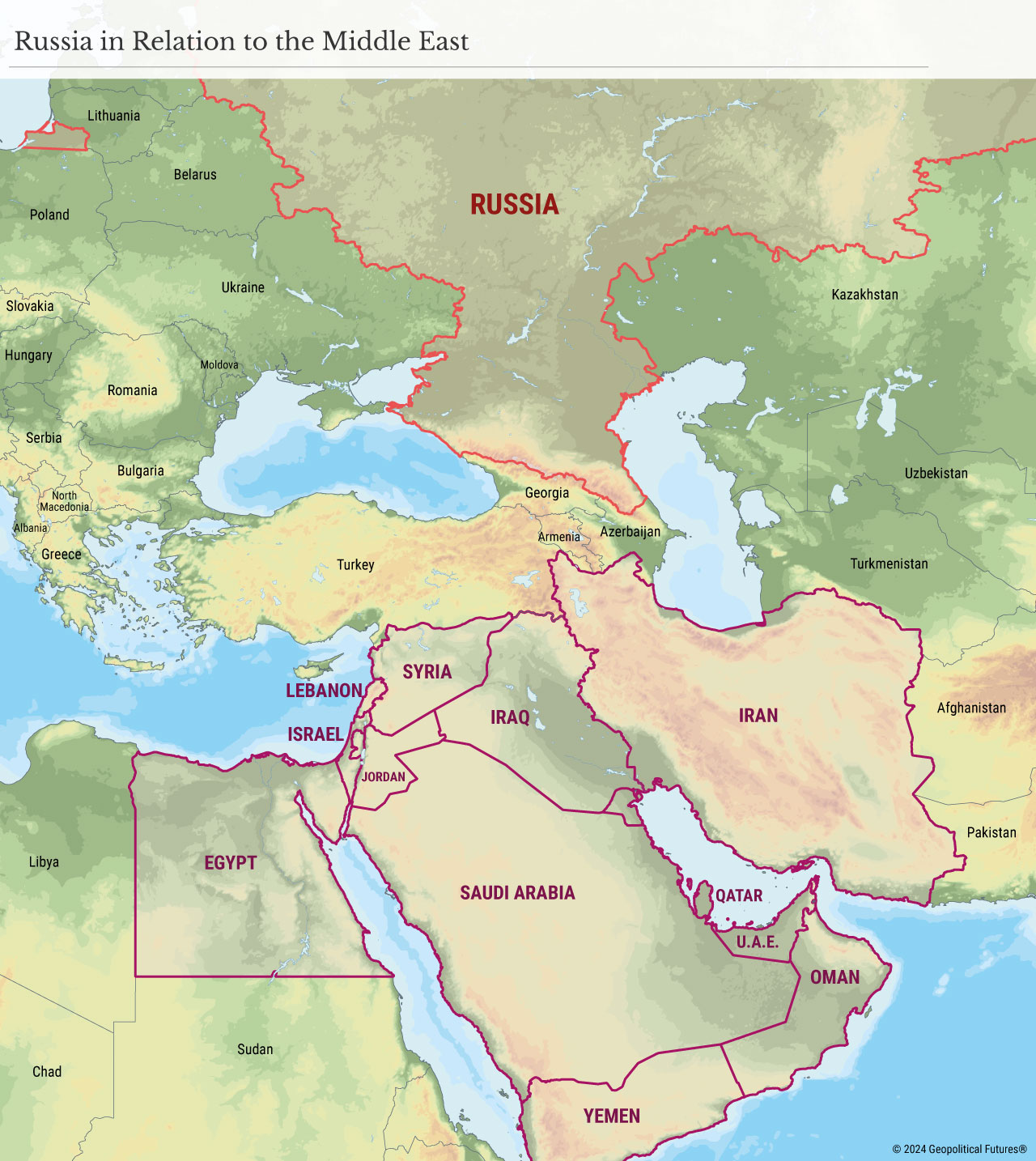There are two major wars being fought. One, between Ukraine and Russia, has been raging for more than two and a half years but has been roughly confined to Ukraine. The other, between Israel and Hamas, has been ongoing for almost a year but is expanding dramatically. Combat recently intensified northward into Lebanon.
It is in the nature of war to grow. When two forces clash, static warfare often shifts to maneuver warfare as each side seeks to flank the enemy and stretch its defenses to their breaking point. As wars progress, flank attacks and large-scale offensives become more likely, increasing the demand for supplies. What began as a limited engagement grows in both scale and definition. The logic of war takes hold. Maneuvering increases, supply lines lengthen and reveal vulnerabilities, and maps of the conflict are redrawn, leading to geographic expansion.
The war in Ukraine has been relatively contained thus far, largely limited to the area between Russia’s assault and Ukraine’s evolving defense. However, the second war, which began last October when Hamas attacked Israel, has been transformed by Israel’s move to attack Hezbollah in Lebanon. This will not be a conventional, infantry-led conflict with defined lines of engagement. It will continue as it began: with Israel trying to destroy the enemy’s command structure, while Hezbollah and Hamas attempt to put the Israeli population at risk. In this conflict, the pursuit of advantage and surprise will encourage expansion – a particularly acute risk given the war’s proximity to Ukraine.
The Israeli-Arab war is likely to move northward and eastward toward Iran and Central Asia. If this happens, Russia will need to dramatically increase its military presence to manage the danger to itself, especially after the Islamist terrorist attack several months ago against a Moscow theater. Russia would not be able to maintain an active defense against a northward move.
While Israel would have an ally in Russia, the instability to the north would allow Iran to increase its power. Israel would become cautious in such a scenario, avoiding a clash with Turkey but engaging in high-intensity combat. This northern expansion would stretch Israel’s military, limiting its ability to maneuver and reducing its influence over the conflict.
Russia’s interests extend beyond Ukraine, including growing concern about threats along Russia’s southern border. Meanwhile, Israel’s smaller force size and logistical challenges limit its ability to sustain long-range operations. Without neutralizing immediate threats, Israel cannot afford to disperse its forces northward. In a way, this expansion would narrow Israel’s strategic options while fueling a broader Russo-Arab war.
This may seem far-fetched, but humanity’s tendency to overestimate its ability to control mass violence is thoroughly documented. The U.S. experience in Afghanistan is just one example. Wars are rarely static, and the geography and availability of forces in this case make an extremely improbable evolution more likely.
Russia is already engaged in a major conflict, but the northward shift of the Israeli-Arab war may lead Moscow to take steps it hadn’t anticipated. It’s unlikely, certainly, but the U.S.-Soviet alliance in World War II was also unlikely. As for the United States, it has developed a national strategy of arming allies but avoiding direct combat. The United States spent a long time learning this rule, and it seems that regardless of the coming elections, it will continue to follow it.






 Special Collection – The Middle East
Special Collection – The Middle East